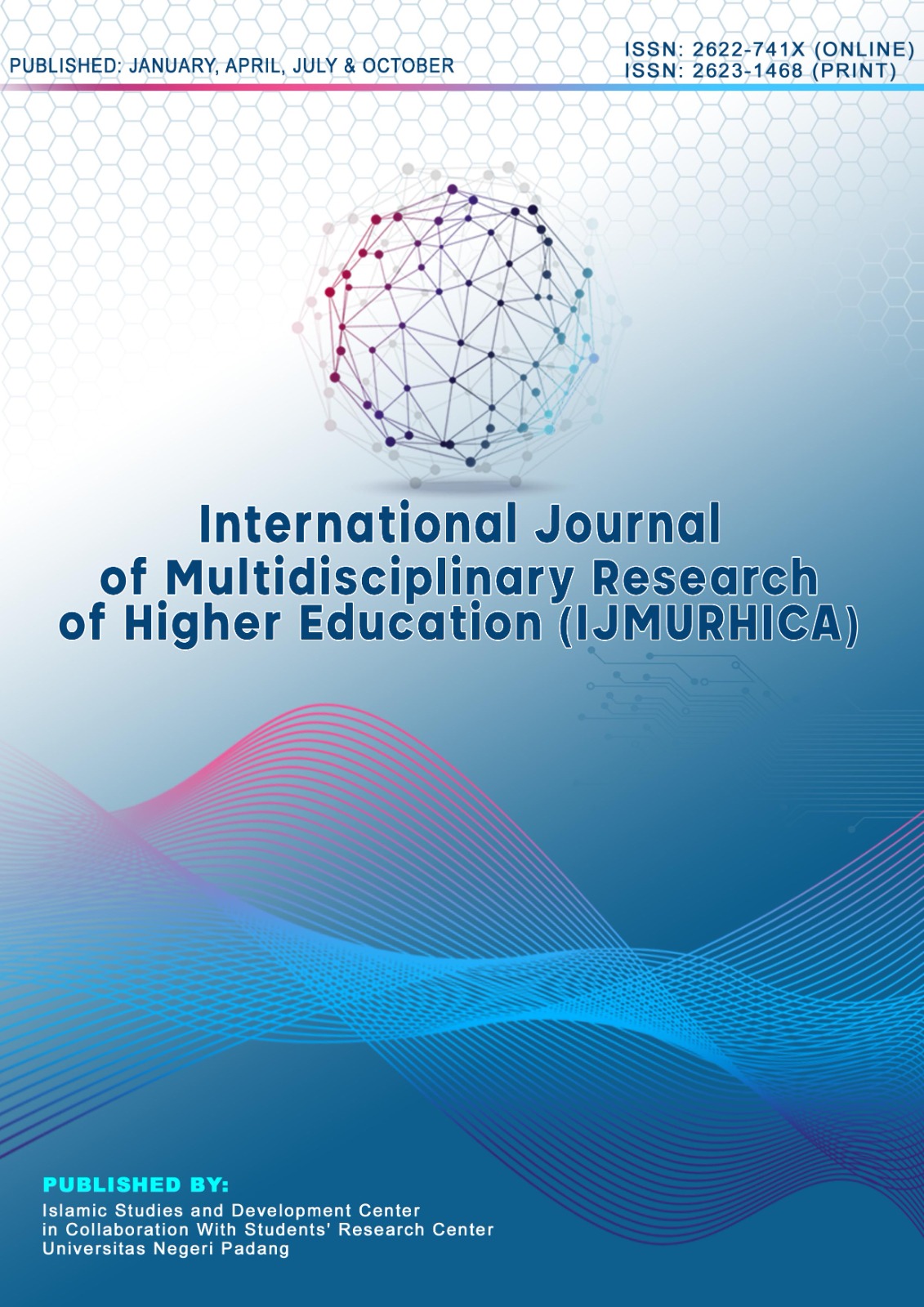Exploration of Students' Mathematical Creative Reasoning Based on Extraneous Cognitive Load in Geometry Learning
DOI:
https://doi.org/10.24036/ijmurhica.v8i3.386Keywords:
Creative reasoning, extraneous cognitive load, geometry, elementary schoolAbstract
Creative reasoning and cognitive load management are two essential aspects in learning mathematics because they directly affect students' ability to understand concepts, develop solving strategies, and produce innovative solutions to mathematical problems. This study aims to explore the relationship between extraneous cognitive load and creative reasoning ability of elementary school students in solving geometry problems. This research used a qualitative approach with a case study design. The research subjects were 27 elementary school students who have learned the material of building space. Data were collected through extraneous cognitive load questionnaire, mathematical creative reasoning test, and interviews. Data analysis was done descriptively and thematically with reference to three indicators of creative reasoning, namely mathematical foundation, plausibility, and novelty, as well as five indicators of extraneous cognitive load: split attention, redundancy, transiency, advanced learner, and inadequate prior knowledge. The results showed that the higher the extraneous cognitive load experienced by students, the lower the creative reasoning score they achieved. Students with low extraneous cognitive load were able to understand information, develop logical strategies, and produce original solutions. In contrast, students with high extraneous cognitive load had difficulty understanding instructions, made mistakes in choosing strategies, and did not show flexible thinking skills. These findings reinforce the importance of learning design that takes into account students' cognitive working capacity. The implication of this research leads to the importance of teachers designing geometry lessons that have minimal instructional load, using effective visual media, and composing questions that are in accordance with students' abilities so that the creative thinking process can develop optimally.
Downloads
Downloads
Published
How to Cite
Issue
Section
License
Copyright (c) 2025 Fardatil Aini Agusti, Suhendra Suhendra, Elah Nurlaelah

This work is licensed under a Creative Commons Attribution-ShareAlike 4.0 International License.






